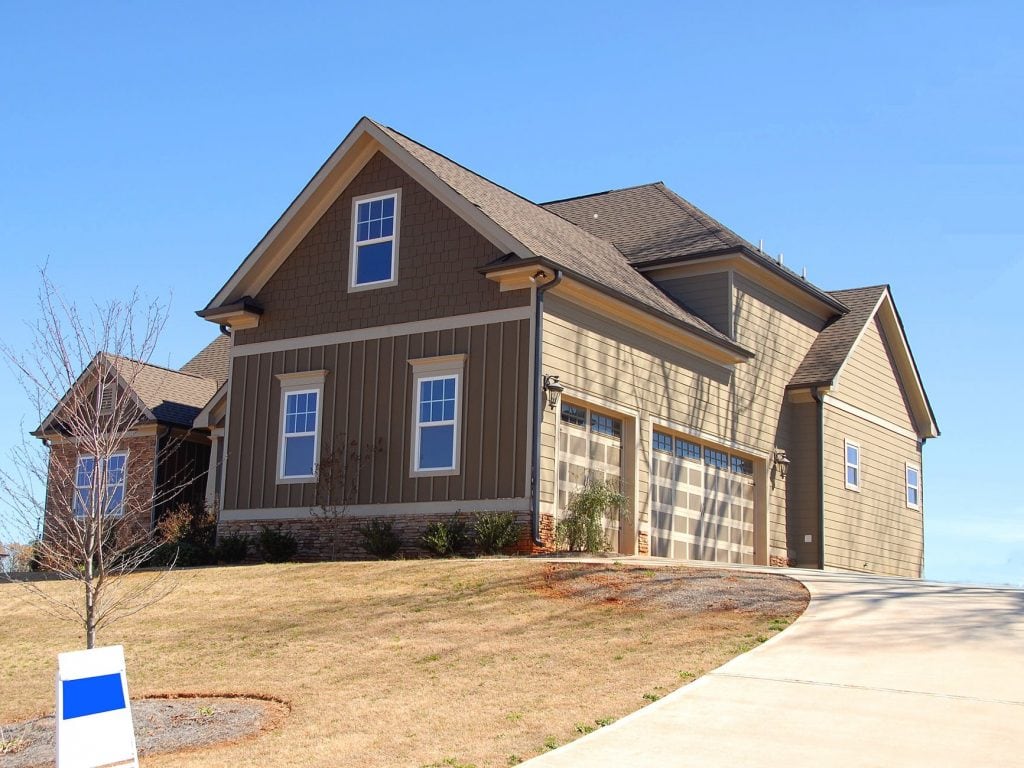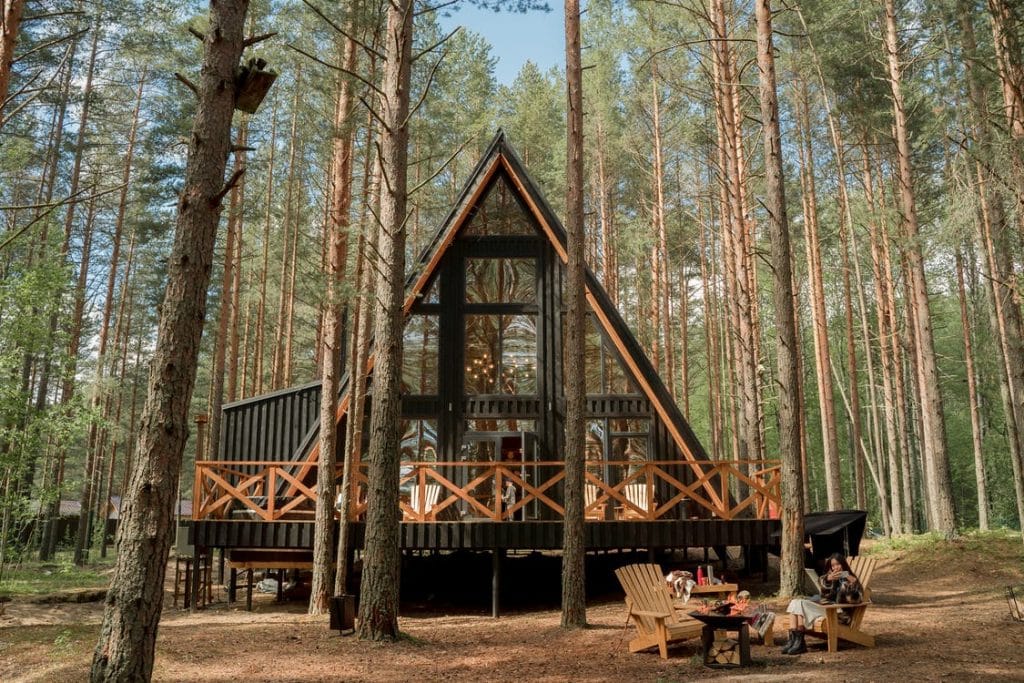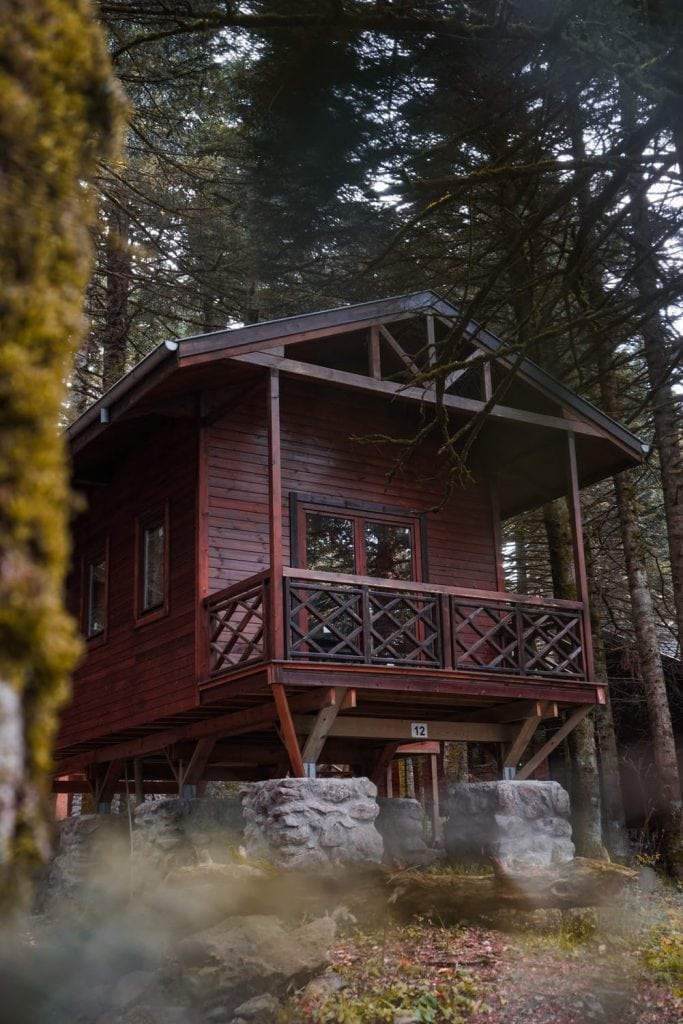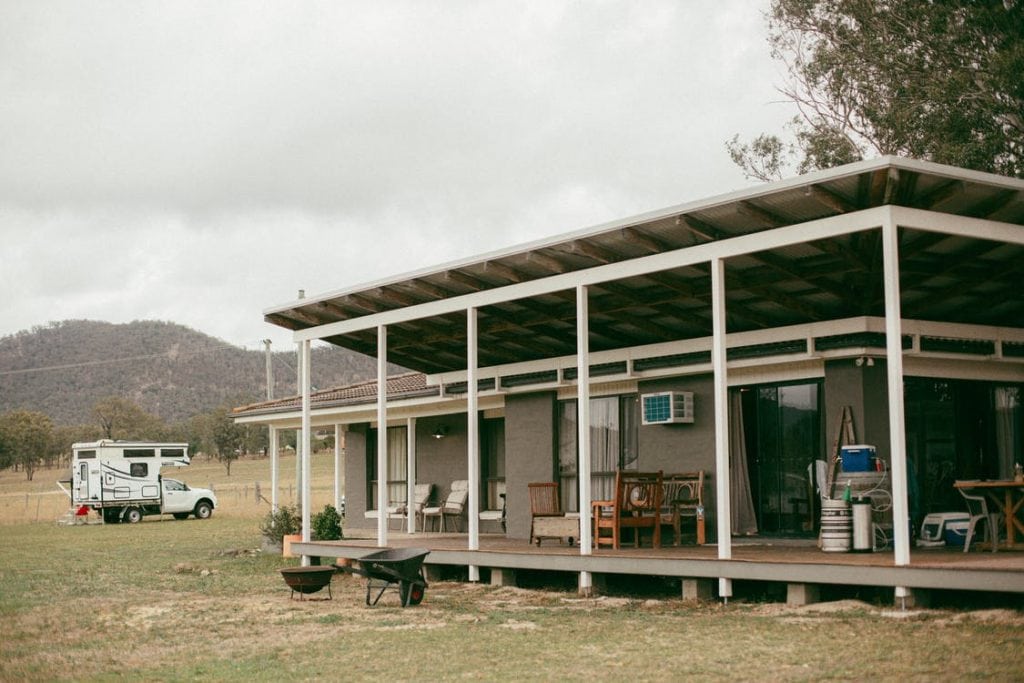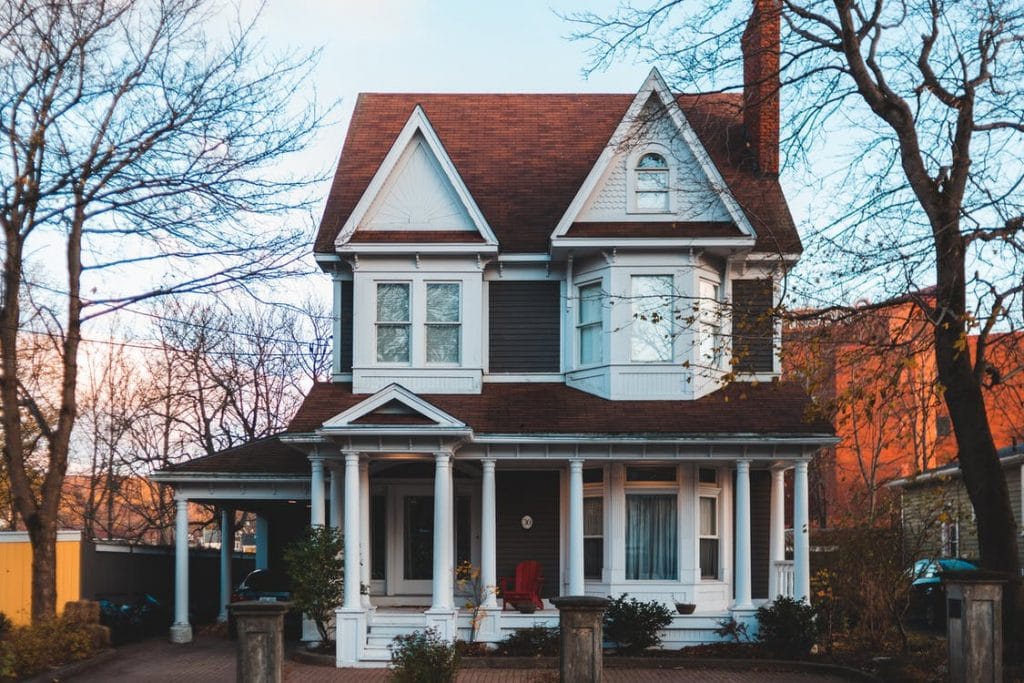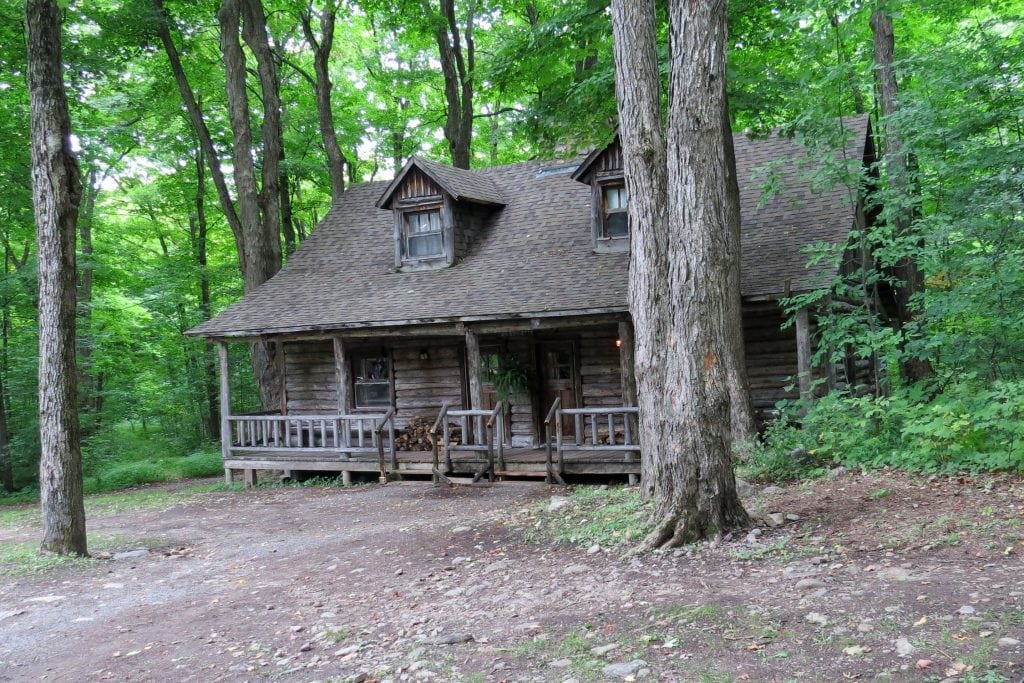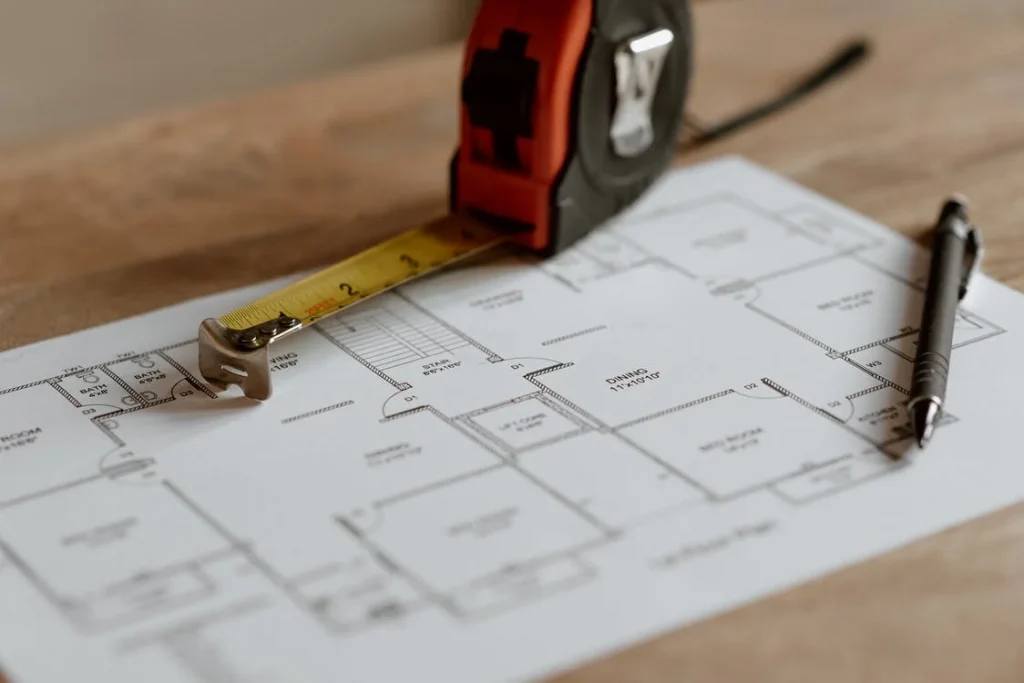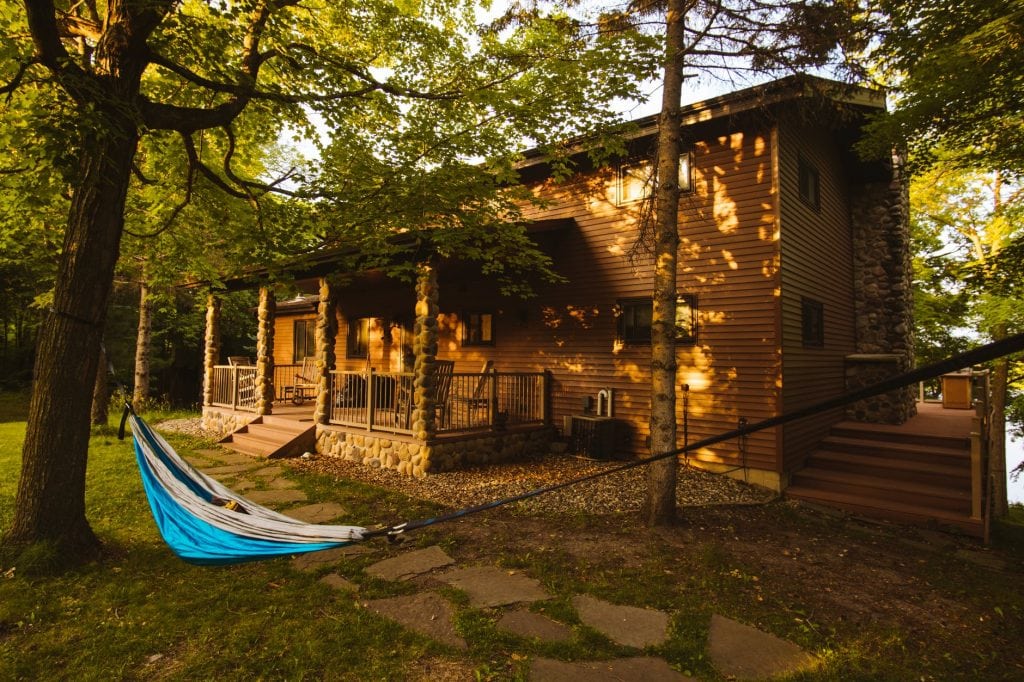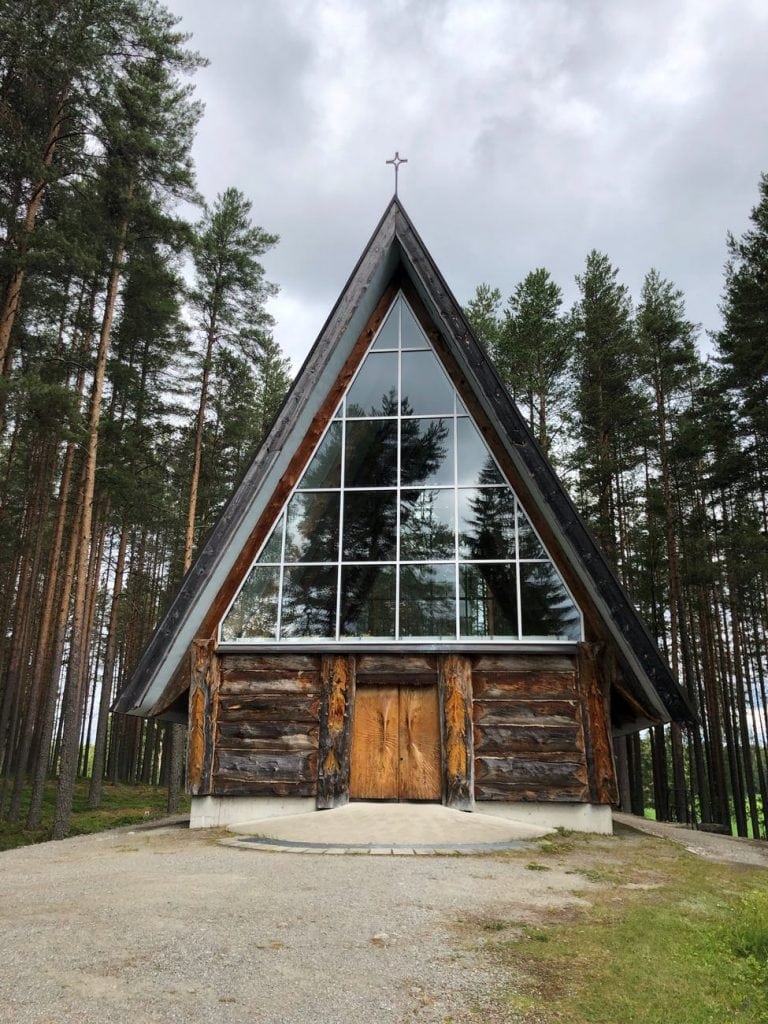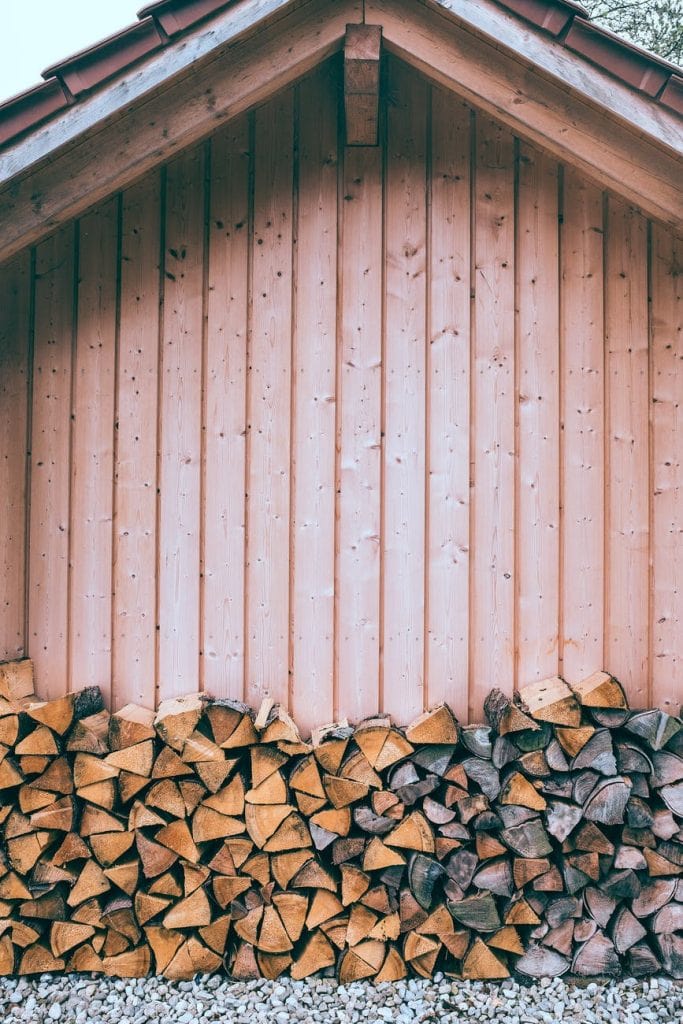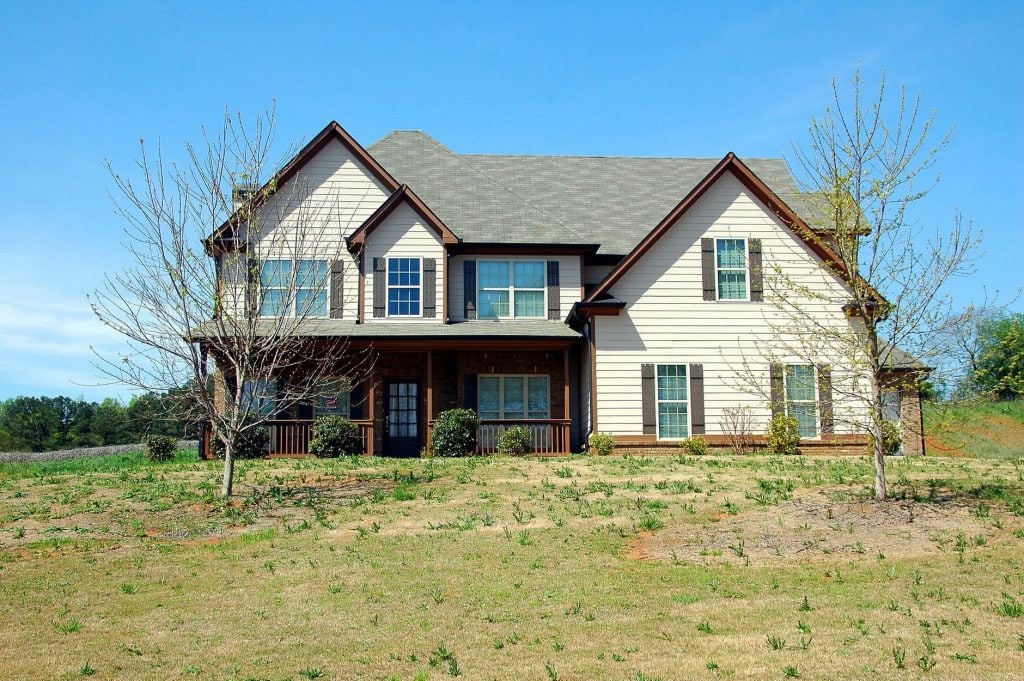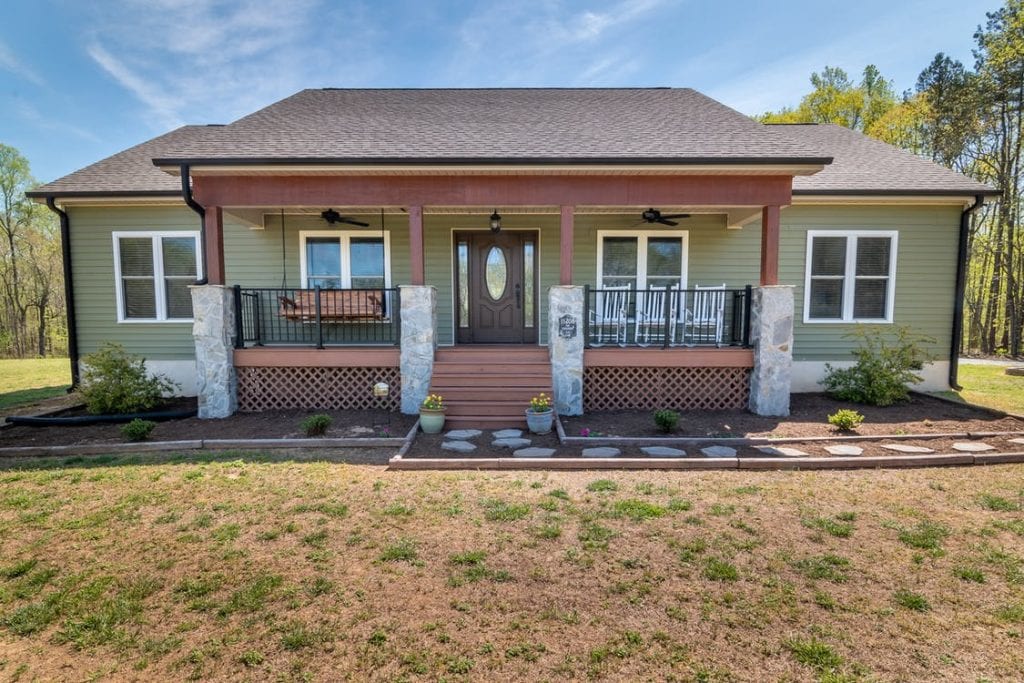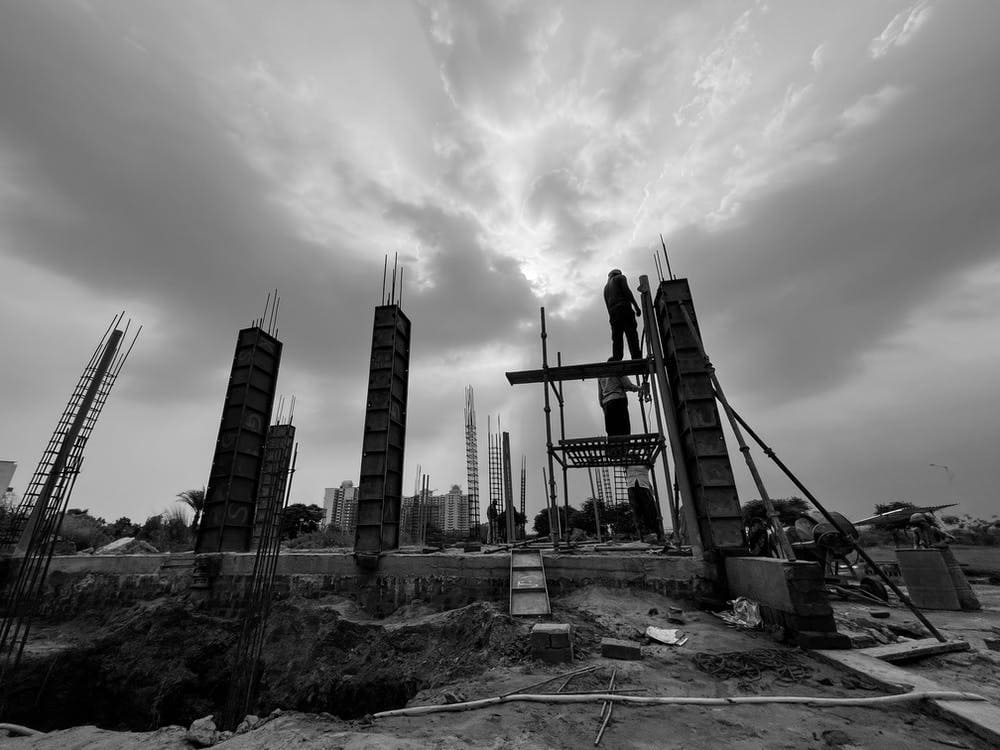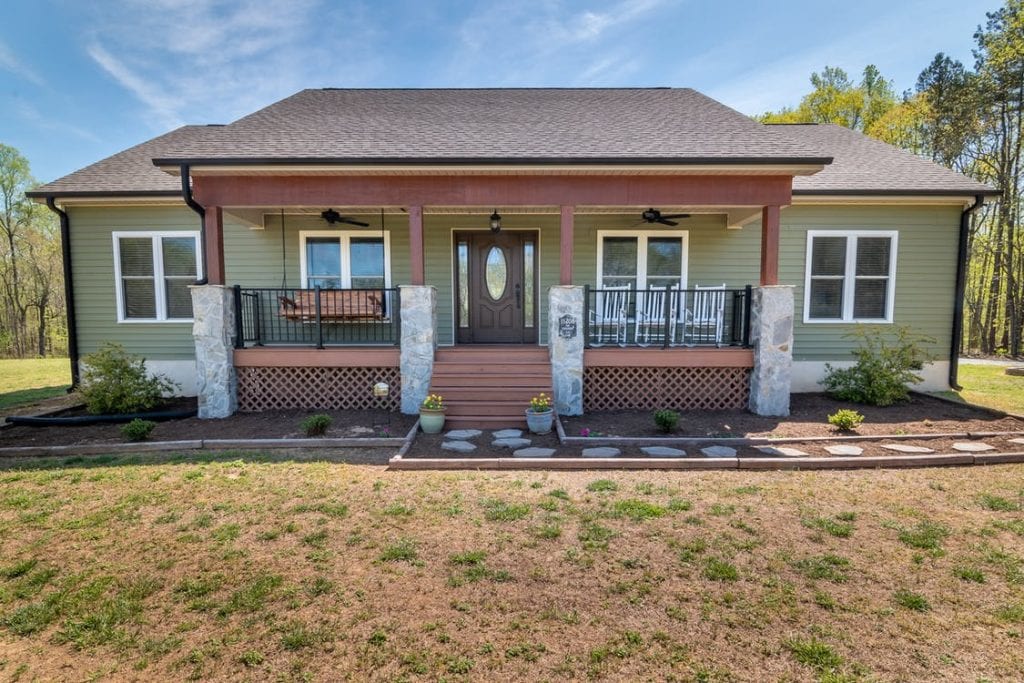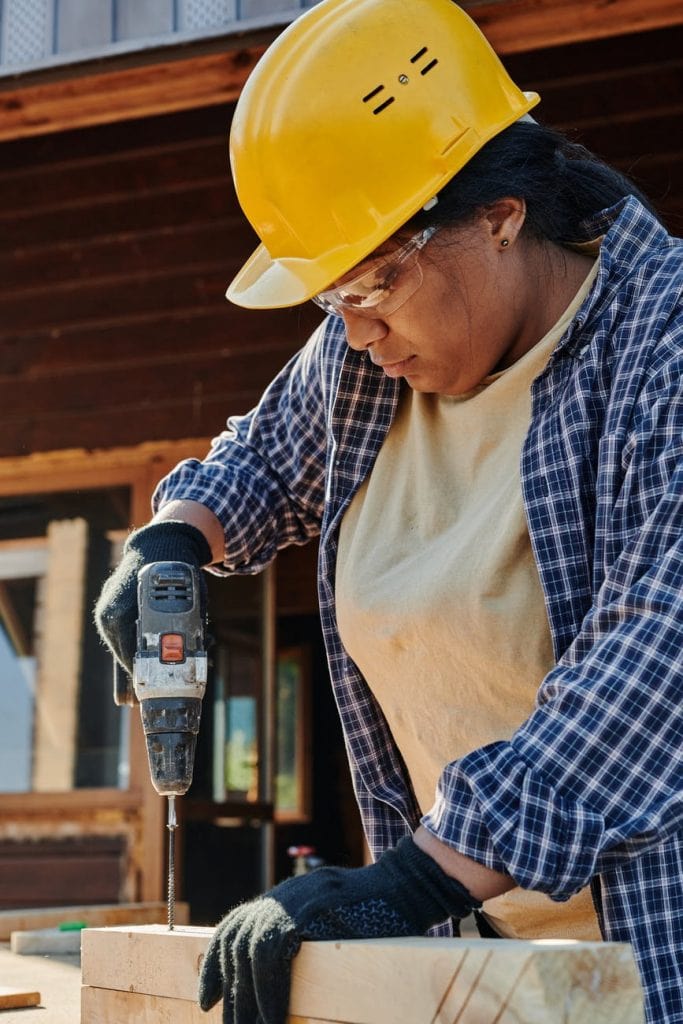As you may expect, the cost of underpinning a house will differ from job to job after taking into consideration the size of the job, how long it will take, how easy it is to access and whether the problem is aesthetic or a real fundamental issue.
The following is a guide on how much it would cost to underpin a wall, which you will need to multiply by the number of walls you have to get a better idea of the full extent of the cost of underpinning a house:
There may also be added costs in the event of needing some extra professional help. A structural engineer may be needed to inspect the house regularly, even before any work is carried out. They may need to examine the soil further and run further tests, as well as organise the paperwork that may need to be submitted for planning permission.
A lot of instances of subsidence are normally insured, and so some, or all (hopefully), of the cost of underpinning a house will be covered by your insurance. You won’t be able to claim for underpinning if your property is experiencing subsidence whilst being covered by the ‘new building warranty’, which should come with a new build house. In those situations, the builder will be responsible for stabilising the property.
Why does a house need underpinning?
A house needs underpinning when it has suffered from subsidence. Subsidence occurs when the ground beneath your house sinks, causing the foundations of the house to move, meaning your house will sink.
The ground beneath the property can sink at different rates, causing the house to appear ‘wonky’.
There are certain ‘warning signs to look out for, which will indicate your house is at risk of subsidence:
- Substantial cracks in the wall – are usually thicker than 2mm and are visible internally and externally. The cracks will also normally be in a diagonal direction and are wider at one end. Not every crack in the wall will be subsidence, as some cracks happen seasonally due to the expansion and contraction of materials in the changing weather
- Torn wallpaper – wallpaper can crinkle on the wall and joints if there is subsidence due to weak foundations causing the walls to move
- Windows and doors that start to stick – windows and doors may start to stick as the frames will start to warp as a result of the subsidence
- Large trees close to the property – having big trees close to the property can cause a lack of stability with the property’s foundations, with large tree roots disturbing the soil beneath the foundations making it more susceptible to movement
- Clay soil – clay soil is estimated to be involved in 80% of subsidence claims. Clay soil is prone to cracking and movement during warm and dry weather conditions, causing the property foundations to be unsettled, resulting in subsidence
- Water leaks – any water leaks can increase the risk of subsidence as when soil becomes saturated by water, it becomes more unstable and more likely to erode underneath the property
- Old foundations – old foundations tend to not be as deep as newer ones, which makes them less secure and therefore more prone to movement and subsidence
- Mining history – an area with mining history has an increased risk of subsidence because mining will have weakened the earth around nearby properties' foundations, making them more likely to give way underneath the house
What is underpinning?
Underpinning is a technique used to correct properties that suffer from or have suffered from subsidence. It’s necessary to strengthen a property’s foundations after they have been weakened by subsidence.
The underpinning process involves digging into the soil under the property, which has been moving away, causing weakened foundations, which has resulted in the property moving. The soil is then replaced with stronger materials and deeper footings beneath the foundation to help stabilise the property and its structure.
There are different types of underpinning, which we have listed below to help you decide which is suitable for you:
- Mass concrete underpinning – This is the most common method of underpinning. Mass concrete underpinning consists of deepening the existing foundations and filling the area below the current foundations with concrete
- Piling – This method consists of piles being driven into the ground and being placed on more stable soil, rather than the current weak soil the foundations sit on
- Jet grouting – This method strengthens the existing weak soil beneath the property foundations. High-pressure jets mix the existing soil with grout to make a stronger base to support the foundations. Another similar method to this is ‘resin injector’, where a resin mix is ‘injected’ into the ground, causing a chemical reaction and expansion once it enters the ground. This expansion and reaction strengthen the ground and structure of the building, making the building level again
- Beam and base – This method consists of the existing footings being replaced or supported by a concrete beam, which helps to disperse the weight of the property onto the new concrete beam. This is a similar method to mass concrete underpinning and could be considered a more ‘advanced’ option
- Cantilever needle beam – This method is an external approach to underpinning and is less disruptive, as work takes place outside the property. These beams are the best option for when space isn’t a problem and the property can be accessed externally.
Does underpinning devalue property?
Underpinning will devalue a property, but how much will depend upon how severe the subsidence was and also how recently it occurred. As a general estimate, the underpinned property is worth around 20-25% less.
Despite it being worthless, don’t let the fact the property has been underpinned put you off. More often than not, as a result of the underpinning, the underpinned property is more stable than houses that have never previously had any subsidence issues due to the reinforcements.
If you are buying a house with a history of subsidence, it’s important to get as much information as you can about what the property’s current state is – find out whether the subsidence has been fully treated, get as much paperwork as you can from the seller, have a full structural house survey which will help you decide if there’s still a risk of further subsidence and, if there is still a risk, how high the risk is.
When buying a house with subsidence, you could use this to your advantage. By this, we mean to use the underpinning as a ‘bargaining card’, allowing you to put in a cheeky offer.
Does underpinning affect mortgage?
There’s no reason why a lender can’t offer a mortgage on an underpinned property, as long as the survey shows the work has been done to a good standard and there are no ongoing structural problems or a very high risk of more subsidence. Having said this, a house with current subsidence issues will be unmortgageable.
If a property is unable to get house insurance on it, then a lender will also not be able to lend on the property. This is because one of the requirements for a mortgage offer depends upon a property being able to be insured.
Do you have to declare underpinning?
Underpinning must be declared by the vendor or estate agent. If you’re buying a property and you have been misled about any historical work which has been done to the property, then you may be able to take the vendor to court, as buyers are protected.
If information about an underpinned property comes to light and hasn’t been declared, a seller would have to prove that they didn’t know about it, although it’s unlikely they wouldn’t have known as there’s always lots of paperwork and information laid out in house purchases.
If you’re selling your underpinned property, meaning you’ve made a claim for subsidence in the past, it may be a good idea to pass on the insurer’s name, so you can allow the new buyer to continue under the same cover – especially just in case, another subsidence claim is needed to make in the future.
Frequently Asked Questions
Bearers are the timber or steel that attaches directly to the stumps in the ground, that supports the deck of flooring structure. Joists are the timbers that then attach across the top of the bearers, after which the timber or particle board floor is then attached.
Once the bearers are attached to the posts and level, attach diaganal strapping to brace the deck. The joists run perpendicular to the joists at a maximum spacing of 450mm. The joists are attached to the bearers using nails on either side. If you need to join two joists, use a butt joint directly above a bearer.
Bearers carry the loads from the floor joists across large spans. In upper storeys, if the rooms underneath are large, the joists may not be able to economically span the full width of the room and a bearer will offer an intermediate support. On lower storeys, the bearer may span between the stumps.
Set up the bearer spacings at a minimum of 1800mm centres with stump holes no more than 1500mm apart. The outside run of stumps will need to align with the outside edge of the deck.
It does not purport to be a comprehensive advice. The bearer span, which is the stump or post spacing, is determined by A - the roof load width in conjunction with the floor load width or by B - for a bearer supporting floor loads only, the bearer spacing i.e. the joist span.
How do I know if my house needs underpinning?
There are a few clues to look for. Although these don’t necessarily mean your home has subsidence, they are a sign that it’s worth getting a building specialist to provide an expert opinion.
- Cracks in the brickwork/plaster: Not all fractures are a sign of subsidence but watch for any large or sudden cracks that appear and those that seem to be widening. Areas to keep an eye on are the outside of the building and around doors and windows. Subsidence cracks are often diagonal and appear wider at the top. Other cracks may just be a result of the building settling naturally
- Rippling wallpaper: While this is often a damp issue, it could also be to do with the movement of the building’s foundations leading to the walls shifting
- Jammed windows and doors: If they won’t open or close easily, it’s more likely that they are swollen – which can happen with changing temperatures and humidity levels – but it could also be due to subsidence
Can I claim on my home insurance if my house needs underpinning?
Yes. When you take out home insurance, you’ll be asked whether the property has subsidence or whether it’s had it in the past.
As long as you’ve answered that question truthfully, your insurer will have factored it in when issuing your policy – or they would’ve said they couldn’t offer buildings cover and that you should seek a specialist.
If you're a confirmed problem with subsidence, call your home insurance provider to start the claims process.
Can I get underpinning house insurance?
If your home has been underpinned, you may struggle to get standard buildings cover, but several insurers do provide specialist cover.
You’ll need to supply a few facts about the building’s history, including the year it was underpinned and details of all claims made. This should detail what caused the subsidence and if there has been any ground movement since.
You should also always let your home insurance provider know of any structural issues or underpinning work at the time of taking out the policy.
Do I have to declare if my home was underpinned when selling?
Yes, it’s a legal requirement, so you should let both the estate agent and buyer know if your property has been underpinned.
You may also want to pass on the name of your insurance provider so the new owner can continue to cover should they need to make a similar claim in the future.
Should I buy a property that has been underpinned?
You shouldn’t automatically reject a property just because it’s been underpinned, but it’s wise to check it out thoroughly.
Although it may seem expensive, a full structural survey will tell you if there are any ongoing issues due to subsidence affecting the property.
Bear in mind that the property may be harder to sell if it has been underpinned. However, in locations known for subsidence, or if it’s a period property where structural issues are expected, this is likely to be less of an issue.
If you do buy an underpinned property, don’t forget to have your buildings insurance in place from the day you exchange contracts, rather than waiting until you move in.
What Are The Benefits Of Underpinning?
One of the biggest benefits of underpinning is that it increases the structural integrity of your home. Often you would come across buildings that have been there for more than a century. The biggest issue with these buildings is that their foundations are weak. These days, more buildings are being built on any patch of land that people can find, and the soil can only take so much before it loses its holding capacity. This especially happens in places where trees are being uprooted so that empty land can be created for construction. Underpinning is the best way to deal with a weak foundation.
In this process, the experts usually open up the mechanical aspects of your home. The primary intention here is to look at the structure of your home before they strengthen it.
Such work makes the base of your home stronger.
This is also a major benefit of underpinning in Sydney. As has been alluded to already, the scarcity of space means people are building houses on wetlands, which do not provide a good grip. Therefore, it is so essential that the base of your building is as strong as it can be. Else, it would collapse with even the slightest of tremors. The importance of a strong basement cannot be ignored at all.
It makes your property a lot more valuable.
Underpinning adds a lot of value to your home. This is perhaps the biggest benefit of such a service. Whenever you do a project to improve the functionality of your home’s basement, you increase the value of your home significantly. This is the reason so many people invest money in such projects so they can increase the value of their homes before they sell the same.
It creates extra living space in your home.
Following underpinning in Sydney, your basement space will be completely renovated and remodelled. This way, you would have a great opportunity to use your basement as you want to. You can make a new entertainment area out of it or make it an extra living room if you like. You can also make it your room, where you can enjoy some me-time. You can also use this as a guest room where your in-laws can stay when they visit your home.
It improves the height of your basement’s ceiling.
If your foundations are not working as well as they are supposed to, it will reduce the vertical space you enjoy in your basement. Therefore, when you go for underpinning in Sydney, the contractors would make the floors of your home stronger so that such a thing never happens. When you underpin the basement, you will enjoy all the headroom you want in your basement. The floors, too, would not become slanted or lopsided with time. This also implies that you could use it in any way you want to. This is also a major reason why people opt for these services when they are looking to change their basement to an office or a bedroom.

